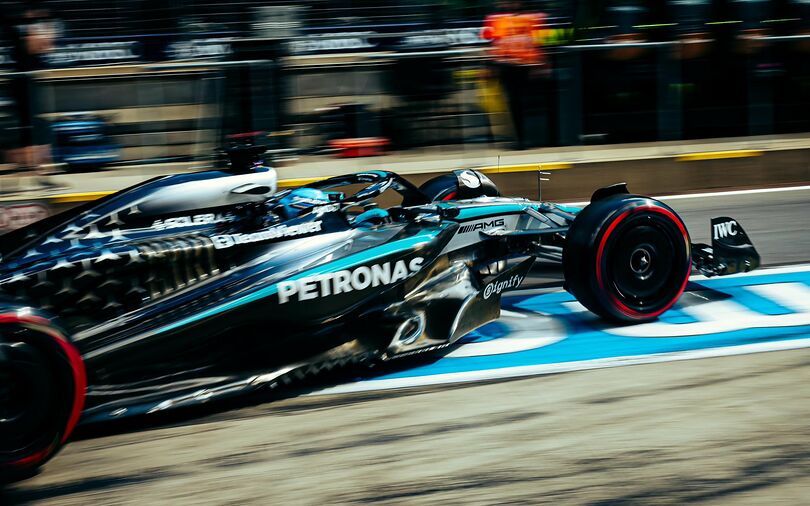The recent Austrian Grand Prix qualifying session presented a surprising downturn for Mercedes-AMG, a brand synonymous with high-performance engineering and luxury. According to reports from F1Technical.net, Mercedes driver George Russell attributed the team’s unexpectedly poor performance to a confluence of factors, including “track conditions, high temperatures, track surface and the high-speed corners.” This unexpected result underscores the intricate interplay between cutting-edge automotive technology and the unpredictable variables of high-stakes motorsport, a world often associated with exclusive luxury experiences. Industry analysts suggest that this setback highlights the ever-present challenge for even the most prestigious marques in maintaining consistent peak performance across diverse and demanding conditions.
The implications extend beyond the immediate racing results. Mercedes-AMG, as a manufacturer deeply embedded in the luxury automotive landscape, carefully cultivates its image as a purveyor of unparalleled performance and prestige. The brand’s meticulously engineered vehicles, often featuring bespoke interiors crafted from the finest materials and incorporating state-of-the-art technological advancements, are associated with a clientele that demands unwavering excellence. Therefore, a less-than-stellar performance on the track, while not directly impacting sales figures in the short term, could potentially tarnish the meticulously crafted perception of the brand’s unwavering commitment to superiority. This is particularly relevant considering the intense competition within the premium automotive sector, where brands constantly strive to outperform each other in technological innovation, performance metrics, and ultimately, the overall brand experience.
Russell’s candid admission, reported by F1Technical.net, that the team “failed to challenge for top positions,” speaks volumes about the unforgiving nature of Formula One. He further elaborated on the challenges faced, stating that the team struggled with the “high-speed corners,” emphasizing the precise engineering and driver skill required to conquer such demanding circuits. “According to F1Technical.net,” the complexities involved in optimizing performance across varied track conditions demonstrate the sheer technological sophistication demanded at the pinnacle of motorsport. This aligns with broader industry trends observed across high-performance vehicle manufacturing, where even marginal improvements in aerodynamics, tire technology, and engine efficiency require substantial investment and innovative engineering solutions.
Further analysis reveals that the performance issues encountered by Mercedes-AMG in Austria may be tied to the unique characteristics of the Red Bull Ring circuit. Sources within the motorsport industry suggest that the high-speed corners and the demanding track surface might expose weaknesses in vehicle setup that wouldn’t be as apparent on other circuits. This reinforces the meticulous nature of Formula 1 racing, where even minor adjustments can significantly impact overall performance. It also underscores the complex interplay between driver skill, team strategy, and the inherent limitations of the vehicle itself – a scenario mirrored in the wider luxury automotive industry, where the driver experience is intrinsically linked to both the technology and the performance of the car. Reports indicate that Mercedes-AMG engineers are diligently analyzing the data gathered from the Austrian Grand Prix to identify areas for improvement and refine the vehicle’s performance for upcoming races.
The Austrian Grand Prix qualifying outcome serves as a timely reminder of the high stakes and the relentless pursuit of excellence within the premium automotive and high-performance motorsport sectors. While this particular event marked a temporary setback for Mercedes-AMG, their commitment to innovation and relentless pursuit of peak performance positions them to bounce back strongly. The incident also highlights the broader consumer expectation for unwavering performance and quality, a demand that extends far beyond the racetrack and resonates deeply within the broader luxury lifestyle market. The continuing rivalry within the Formula 1 grid ensures the relentless drive towards technological advancement, promising a future where luxury vehicles continually push the boundaries of performance and prestige.
Credit(s): Russell explains Mercedes’ shock result in Austria qualifying after his pole position in Canada











